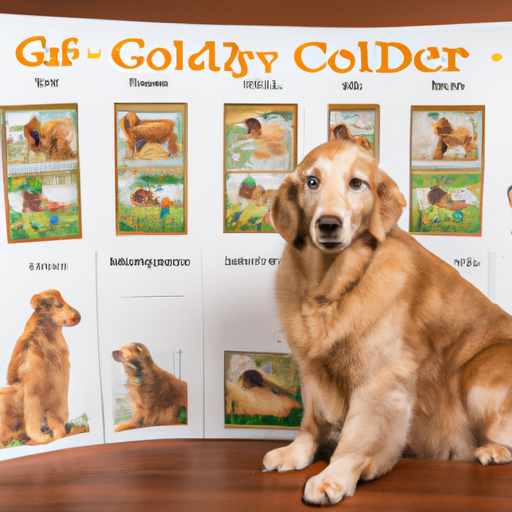Understanding Your Dog’s Physiology
You’ve always been a careful caregiver for your beloved dog, and you’re always watchful for any changes in behavior, appetite, or physical appearance. So, when your female dog starts acting differently, you become concerned. Is it possible that your dog is having a period? Well, in a way, yes. But it’s more accurate to say that dogs go through a reproductive cycle known as the “heat” or “estrus” cycle.
The estrus cycle in dogs is a bit different from the menstrual cycle in humans. It’s a bit more complex, with more stages and various physical and behavioral changes that you, as a caregiver, need to be aware of.
The Estrus Cycle: Stages and Signs
The estrus cycle in dogs consists of four stages:
-
Proestrus: This is the stage that most closely resembles a ‘period’ in human females. You may notice some blood or bloody discharge, but unlike in humans, this doesn’t mean your dog is ready to mate. Other signs of proestrus can include:
-
Swollen vulva
- Changes in behavior, such as increased clinginess or aggression
-
Increased urination
-
Estrus: This is the stage when your dog is fertile and ready to mate. The discharge may lighten in color, becoming more of a yellowish-tan than bloody. This stage can last anywhere from 5 to 13 days.
-
Diestrus: This stage follows the fertile period, whether your dog has mated or not. The discharge stops, and if your dog is pregnant, diestrus will last until the puppies are born.
-
Anestrus: This is a period of sexual inactivity between estrus cycles.
The Frequency of Estrus Cycles
The frequency of your dog’s estrus cycles can vary depending on her breed and age. Most dogs come into heat twice a year, or every six months, but smaller breeds might come into heat three or four times a year, while larger breeds might only come into heat every 12-18 months.
| Breed Size | Average Frequency of Heat Cycles |
|---|---|
| Small | 3-4 times per year |
| Medium | 2 times per year |
| Large | 1-1.5 times per year |
Caring for Your Dog During Her Estrus Cycle
As a caregiver, there are several things you can do to help your dog through her estrus cycle:
- Provide a safe and quiet space for her to rest.
- Watch for changes in her behavior or appetite.
- Keep her indoors as much as possible to avoid male dogs.
- Consider using doggie diapers to manage the discharge.
Spaying Your Dog: A Consideration
If you’re not planning on breeding your dog, you might want to consider having her spayed. This will prevent her from coming into heat and can also prevent certain health problems, like uterine infections and certain types of cancer.
FAQ’s
Q: How long does a dog’s estrus cycle last?
A: The entire cycle can last anywhere from a few weeks to a few months, with the ‘heat’ stage typically lasting 5-13 days.
Q: Can I have my dog spayed during her estrus cycle?
A: It’s generally safer to wait until the cycle is over before having your dog spayed, but talk to your vet about the best timing.
Q: How can I tell if my dog is in heat?
A: Signs can include a swollen vulva, bloody or tan-colored discharge, changes in behavior, and increased urination.
Q: Is it harmful for my dog to go through her estrus cycle?
A: Not necessarily, but it can lead to unwanted pregnancy, and there are certain health risks associated with the estrus cycle. Talk to your vet about the benefits of spaying.



